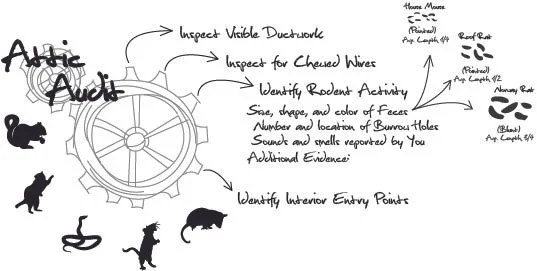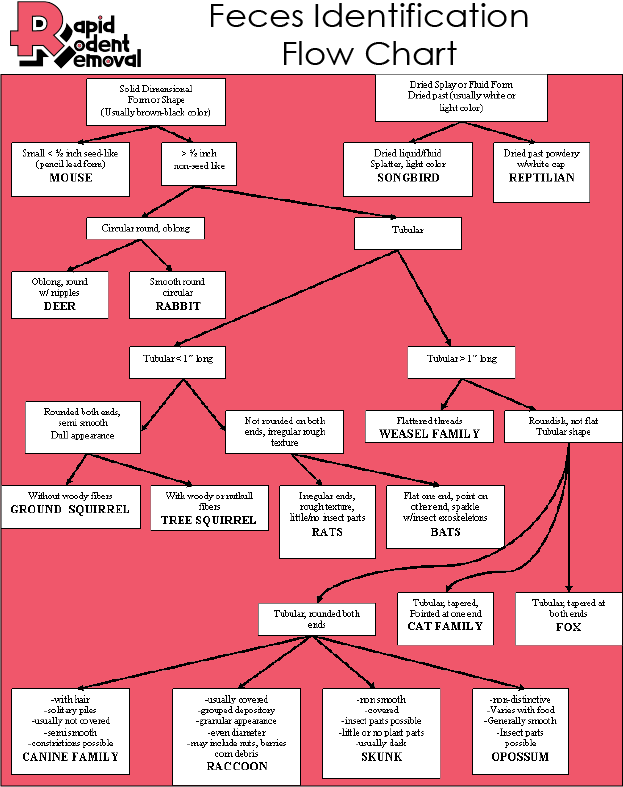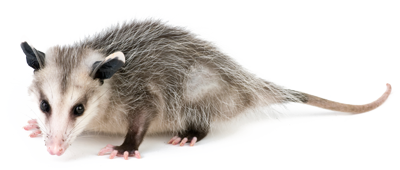WHAT DO POSSUMS EAT ?
WHAT DO OPOSSUMS EAT
Opossums are among North America’s most misunderstood and underappreciated creatures. With their hairless tails, nocturnal habits, and habit of playing dead when threatened, these marsupials often find themselves the subject of urban legends, pest control concerns, and misguided fear. However, beyond the folklore lies a fascinating animal with a powerful role in our ecosystems—particularly when it comes to their diet.
What Do Opossums Eat? A Complete Guide to the Diet of Nature’s Nocturnal Forager is your in-depth exploration of the opossum’s diverse, adaptable, and surprisingly helpful eating habits. Whether you’re a wildlife enthusiast, animal rehabber, backyard observer, or just a curious homeowner trying to figure out what’s rifling through your trash at 2 a.m., this book will offer insights backed by science, field observation, and practical expertise.
Opossums are omnivores with one of the broadest dietary ranges in the animal kingdom. They are not picky eaters—in fact, their scavenging instincts help clean up the environment by consuming decaying plant and animal matter. They eat fruits, insects, small vertebrates, grains, slugs, snails, roadkill, and yes, even leftovers in your garbage can. But there’s more to their diet than just being “opportunistic feeders.” Their menu reflects seasonal shifts, geographic availability, urbanization, and even their life stage.
In the wild, opossums serve as nature’s janitors, consuming carrion and rotting fruit that could otherwise spread disease. In suburban and urban environments, they play an essential role in pest control by dining on cockroaches, beetles, mice, and even venomous snakes. And yet, their presence is often considered a nuisance—usually by those who don’t realize just how beneficial their eating habits can be.
In this comprehensive guide, we’ll dig into the nuances of the opossum’s digestive system, which allows them to consume foods that would harm or kill many other animals. We’ll analyze their dietary preferences and examine how environmental pressures—from habitat destruction to climate change—affect their food choices. We’ll look at how opossums feed their young, what they require when kept in rehabilitation or captivity, and how to prevent them from becoming reliant on human food sources.
You’ll also learn to distinguish fact from fiction: Can opossums eat dog food? Should you ever feed a wild opossum? Do they carry diseases from eating garbage? Do they hunt live animals? Is roadkill their favorite food or simply a result of bad timing on busy roads?
By the end of this book, you will have a thorough understanding of what fuels one of North America's most resilient survivors. More importantly, you’ll see the opossum not as a pest, but as an ecologically vital creature whose diet provides immense benefits to our shared environment.
Would you like me to begin with Chapter 1: Introduction to Opossums and Their Ecological Role?
The Digestive System of Opossums: Built for Variety
Opossums possess one of the most adaptable digestive systems in the animal kingdom. As marsupials with omnivorous tendencies, their internal biology is specially tailored for a scavenger lifestyle. The Virginia opossum (Didelphis virginiana), the most common species in North America, exemplifies the digestive prowess necessary to consume a vast array of foods—from fresh fruit to decaying meat.
Anatomy of the Opossum Digestive System
Mouth and Teeth: With 50 teeth—more than any other North American mammal—opossums are equipped to chew tough materials. Their sharp incisors can puncture flesh, while flat molars allow them to grind fibrous plant matter.
Stomach: The opossum’s stomach is simple, yet flexible. It breaks down both animal protein and plant cellulose efficiently.
Small and Large Intestines: The small intestine handles most nutrient absorption, while the large intestine ferments plant material and assists in water reabsorption.
Tolerance to Toxins and Spoiled Foods
One of the most unique aspects of the opossum’s diet is its ability to consume food that would sicken most other mammals. Their slow metabolic rate and strong immune system help them tolerate:
Moldy or fermented fruits
Roadkill and other decomposing flesh
Venomous animals like snakes (immune to many snake venoms)
Gut Microbiome
Recent research has shown that opossums have a robust and diverse gut microbiome, which helps break down complex food substances. This allows them to:
Thrive in multiple environments
Handle dietary shifts without illness
Reduce harmful bacteria through competitive colonization
What Opossums Eat in the Wild: A Natural Forager's Menu
In their natural habitats—woods, swamps, grasslands—opossums thrive by foraging a wide range of food. Their diet in the wild includes:
Plant-Based Diet
Fruits: Persimmons, apples, blackberries, grapes, and pawpaws
Vegetation: Tender shoots, grasses, leaves
Seeds and Nuts: Occasionally consumed, though harder to digest
Animal-Based Sources
Insects: Beetles, grasshoppers, crickets, and cockroaches
Small Vertebrates: Frogs, toads, lizards, and occasionally small rodents
Eggs and Hatchlings: Ground nests of birds and reptiles are often raided
Scavenging Behavior
Carrion: Opossums clean up dead animals, reducing disease risk in ecosystems
Leftovers from predators: They follow the trail of bigger carnivores for scraps
Wild opossums eat based on what’s seasonally available. In spring and summer, they prioritize fruit and insects. In fall, they increase fat reserves with protein and high-calorie foods. In winter, they rely heavily on carrion or human-generated sources when natural food is scarce.
Urban Diets: What Opossums Eat in Cities and Suburbs
As natural habitats shrink, opossums have adapted to city life. They are frequent visitors to urban areas, particularly at night. Common urban food sources include:
Accessible Foods
Garbage: Food scraps, fast food waste, pet food, and spoiled produce
Compost Bins: Decomposing fruits, vegetables, coffee grounds
Pet Food: Opossums often eat cat or dog food left outside
Opportunistic Hunting
Rats and mice: Urban opossums occasionally prey on rodents
Insects: Roaches and beetles in urban sewers and alleys
Bird Feeders: Fallen seeds and spilled grains
While city life provides abundant food, it comes with risks:
Exposure to pesticides and spoiled food
Increased vehicle collisions
Reliance on low-nutrient human garbage
Despite this, opossums help urban ecosystems by reducing pests like cockroaches and rats.
Seasonal Changes in Diet: Winter vs. Summer Nutrition
An opossum’s diet varies significantly with the seasons due to food availability and caloric needs.
Spring and Summer
Abundance: Insects, fruits, and vegetation flourish
Preferred Foods: Berries, crickets, frogs, and fresh roadkill
Breeding Season: Female opossums need high-protein diets for milk production
Fall
Fat Storage: Opossums increase intake of high-fat foods like eggs and meat
Foraging Hours Extend: Longer active periods to prepare for lean months
Winter
Scarcity: With insects dormant and plants bare, opossums scavenge heavily
Garbage Dependence: Urban opossums rely more on trash and pet food
Carrion: Frozen roadkill is a key winter staple
Despite lacking hibernation, opossums reduce activity in extreme cold and seek high-energy meals to survive.
Baby Opossums and Their Nutritional Needs
Infant and juvenile opossums require specialized diets for growth and survival.
Maternal Milk
Pouch Life: Newborns stay in the mother’s pouch for 2 months
Milk Composition: High in protein, fat, and calcium for bone and muscle development
Transitioning to Solid Food
Weaning Stage: Begins around 8–10 weeks
First Foods: Mashed fruit, insects, soft vegetables
Insect Intake: Provides key amino acids and iron
Juvenile Independence
Exploration: Young opossums ride on the mother’s back and observe foraging
Learning Curve: Trial-and-error learning of safe vs. toxic foods
Captive Feeding Tips:
Soft fruits (bananas, apples)
Boiled eggs, mealworms
Avoid dairy and processed food
Raising orphaned opossums requires a strict, balanced feeding regimen and transition plan for proper development.
The Scavenger Instinct: Carrion and Roadkill Explained
One of the opossum’s defining dietary traits is its consumption of dead animals. While unpleasant to humans, this role is vital for environmental health.
Why Opossums Eat Carrion
Scavenging Advantage: Reduces energy spent hunting
Digestive Tolerance: Can digest meat in various decomposition stages
Competition: Few animals compete for carrion, especially in winter
Risks of Scavenging
Vehicle Fatalities: Feeding on roadkill often leads to accidents
Diseases: Though immune to many pathogens, they can still ingest parasites
Poisoning: Carrion exposed to chemicals or spoiled foods may be lethal
Ecological Importance
Nature’s Clean-Up Crew: Helps prevent the spread of disease
Supports Biodiversity: Aids decomposition and nutrient cycling
Reduces Pest Populations: Feeds on dead rats, mice, and other animals
Fruits and Vegetables: Nature’s Candy for Opossums
Opossums enjoy a wide variety of fruits and vegetables, which provide hydration, vitamins, and fiber.
Common Fruits
Apples
Grapes
Bananas
Berries (blueberries, blackberries, raspberries)
Melons
Vegetables They Eat
Corn (fresh or cooked)
Carrots
Leafy greens (spinach, lettuce)
Squash
Sweet potatoes
Wild Produce
Persimmons
Wild grapes
Mushrooms (non-toxic types)
Benefits of Produce in Diet
Hydration during hot seasons
Fiber for digestion
Nutrients for healthy fur and skin
Caution should be used with fruit peels and seeds (like apple seeds), which may pose toxicity risks in large amounts.
Insects, Small Animals, and Protein Sources
While not predators by nature, opossums are opportunistic carnivores.
Common Animal-Based Foods
Insects: Beetles, ants, termites, grasshoppers
Arachnids: Spiders, scorpions
Amphibians: Frogs, salamanders
Reptiles: Small lizards and snakes
Hunting Behavior
Slow but persistent stalkers
Use scent to locate prey
Eat what they can catch or find dead
Protein Needs
Especially high in juveniles and nursing mothers
Supports tissue repair and immune function
Animal protein is more bioavailable than plant-based protein
Human Food and Garbage: A Dangerous Attraction
The downside of opossum adaptability is their vulnerability to human trash.
What They Scavenge
Fast food scraps
Rotten fruit and vegetables
Bones, greasy wrappers, and packaging
Pet food left outside
Risks of Human Food
Low nutritional value
Processed ingredients and salt
Bones can splinter and cause injury
May develop dependency on human-provided sources
Responsible Waste Management
Secure trash cans
Don’t leave pet food out overnight
Compost safely or use sealed bins
Feeding wild opossums is discouraged, as it promotes dependency and disrupts natural behaviors.
Feeding Opossums in Captivity: What’s Safe and What’s Not
In wildlife rehabilitation centers, zoos, or as short-term rescues, feeding opossums requires careful planning.
Ideal Diet in Captivity
Fruits: Chopped apples, bananas, grapes
Vegetables: Cooked sweet potatoes, leafy greens
Protein: Boiled eggs, insects (mealworms, crickets), cooked chicken
Calcium: Eggshells ground into powder, special supplements
Foods to Avoid
Dairy products (opossums are lactose intolerant)
Processed human food (chips, bread, candy)
Raw onions and garlic (toxic in excess)
Caffeine and chocolate
Feeding Schedule
1–2 times per day
Water should always be available
Offer food in small, rotating portions to avoid overfeeding
Proper nutrition promotes recovery and prepares them for re-release, where they’ll need strong instincts and health to thrive.
All About Animals …
Suspendisse nec congue purus. Aenean eu justo sed elit dignissim aliquam. Suspendisse nec congue purus. Class aptent taciti sociosqu ad litora torquent per conubia nostra, per inceptos himenaeos.
RATS
SQUIRRELS
RACCOONS
OPOSSUMS
SNAKES
BATS
WILDLIFE REMOVAL
articles:
What does a rat nest look like ?
What is a Squirrel King










